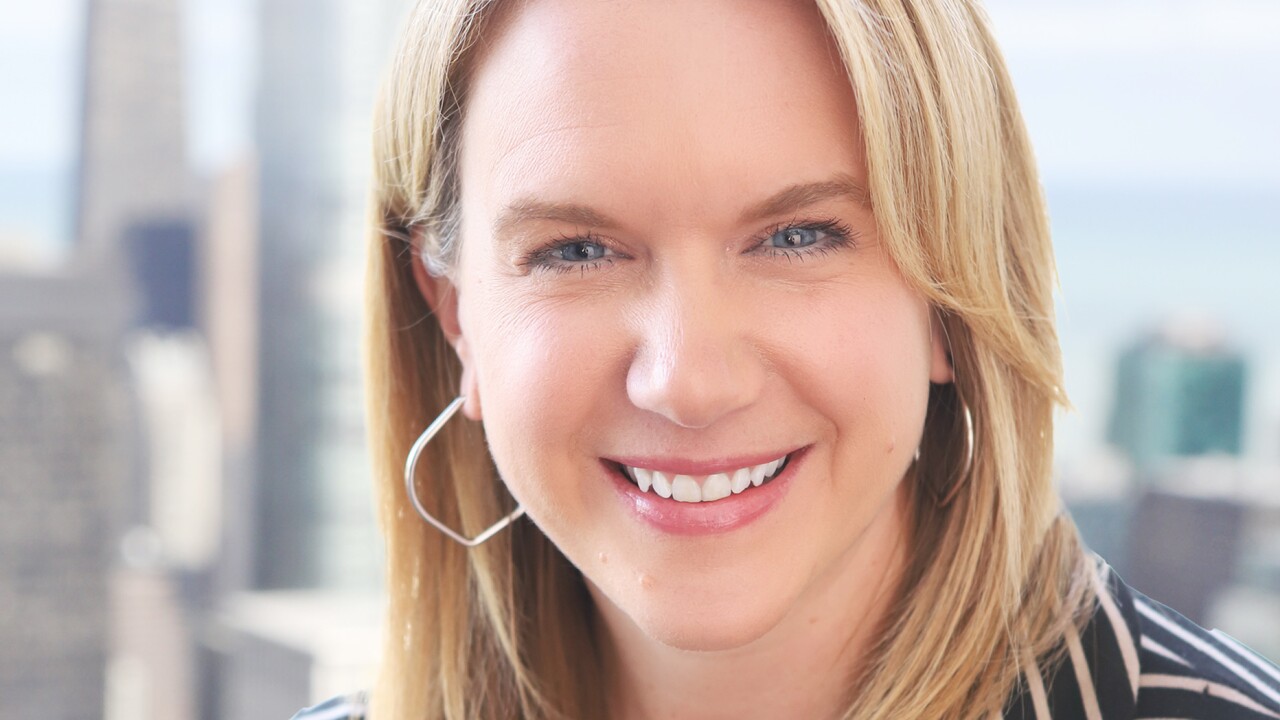In the world of global finance, risk is a multitrillion-dollar word. It's the invisible force that can destabilize markets, threaten fortunes and erode public trust.
Yet in risk and compliance, as in every other area in finance, there is pressure to use technology to do this work efficiently as well as opportunities to use tech to quickly detect and address compliance violations and excessive risk.
At two of America's largest financial institutions, Jodi Richard, vice chair and chief risk officer at U.S. Bank, and Jennifer Taylor, chief compliance officer for
At
(A semantic model is a framework that helps a computer understand the meaning, context and relationships within data — in this case, employee communications — rather than merely scanning for individual keywords. This elicits a much deeper level of comprehension by using context about who is speaking, what their role is and the overall sentiment of a conversation.)
By September 2024, these efforts led to a 0% year-to-date rate of aged surveillance alerts — warnings about potential noncompliance that have gone too long without being addressed.
At U.S. Bank, Richard oversees a comprehensive risk appetite framework that guides all major business decisions, from strategic planning to acquisitions.
This framework includes over 180 enterprise-level risk metrics and, in addition, more than 300 metrics across seven business-specific risk appetite statements.
This detailed, data-driven approach ensures that risk management is deeply embedded in the bank's strategy and operations.
Using tech to monitor and mitigate risk
Richard said managing liquidity and interest rate risk are of "paramount importance as we continue to navigate economic uncertainty and market volatility."
She oversees a $1.1 billion budget and a global team of 5,000, managing all risk activities from credit and market risk to cybersecurity and fraud. This financial foundation lets U.S. Bank focus on cybersecurity, AI and payments, which in turn helps revenue lines deliver new products securely and build customer trust.
Richard emphasized the importance of a well-defined risk appetite. The bank maintains more than 180 risk metrics to measure compliance with its risk appetite statement, which guides everything from strategic planning to acquisitions and compensation programs. This includes seven business-specific risk appetite statements and 12 scorecards with more than 300 additional risk metrics.
At
One of Taylor's key initiatives over the past year has involved using technology to improve compliance operations, including the semantic model the bank is using to catch employees who collude with money launderers.
Taylor also unified multiple independent compliance risk management teams during
This restructuring integrated international and client risk management organizations, which led to a tangible reduction in issues known as matters requiring attention.
Navigating global complexity and strategic shifts
Taylor's role at
Taylor played a key role in managing the compliance aspects of
Most notably, she was instrumental in the complex separation of
Richard's responsibilities at U.S. Bank are similarly broad. She oversees all risk management activities, including credit, market, operational and compliance risk, for the entire institution.
Reporting directly to the CEO, Gunjan Kedia, Richard manages a budget of $1.1 billion and a global team of 5,000 people, with an extended network of 1,500 indirect staff. Richard emphasizes that the bank's strong financial and risk discipline is "foundational" to its ability to innovate and grow.
In 2024 and 2025, Richard's focus has been on managing risks associated with market volatility, cybersecurity, artificial intelligence and the speed of payments.
She also worked closely with Kedia to ensure the risk operation was aligned with her vision for the company's future.
A major focus for Richard has been building the bank's capital following the acquisition of MUFG's Union Bank and preparing for the transition to a "category II" large bank.
She worked with the CEO and CFO to build the bank's CET1 ratio, a regulatory measure of a bank's ability to handle financial stress, by over 200 basis points since the end of 2023.
The work of Richard, Taylor and leaders like them is part of a shift in risk management and compliance from a defensive, retrospective function to a proactive, predictive one.
The advancing field of data analytics, which has been supported by leaps in the capabilities of AI, enables banking leaders to not just identify existing threats but also anticipate new ones. This evolution could transform the roles of risk and compliance from corporate backstops to strategic enablers, as Taylor and Richard have shown, and let banks navigate uncertainty with greater confidence.






